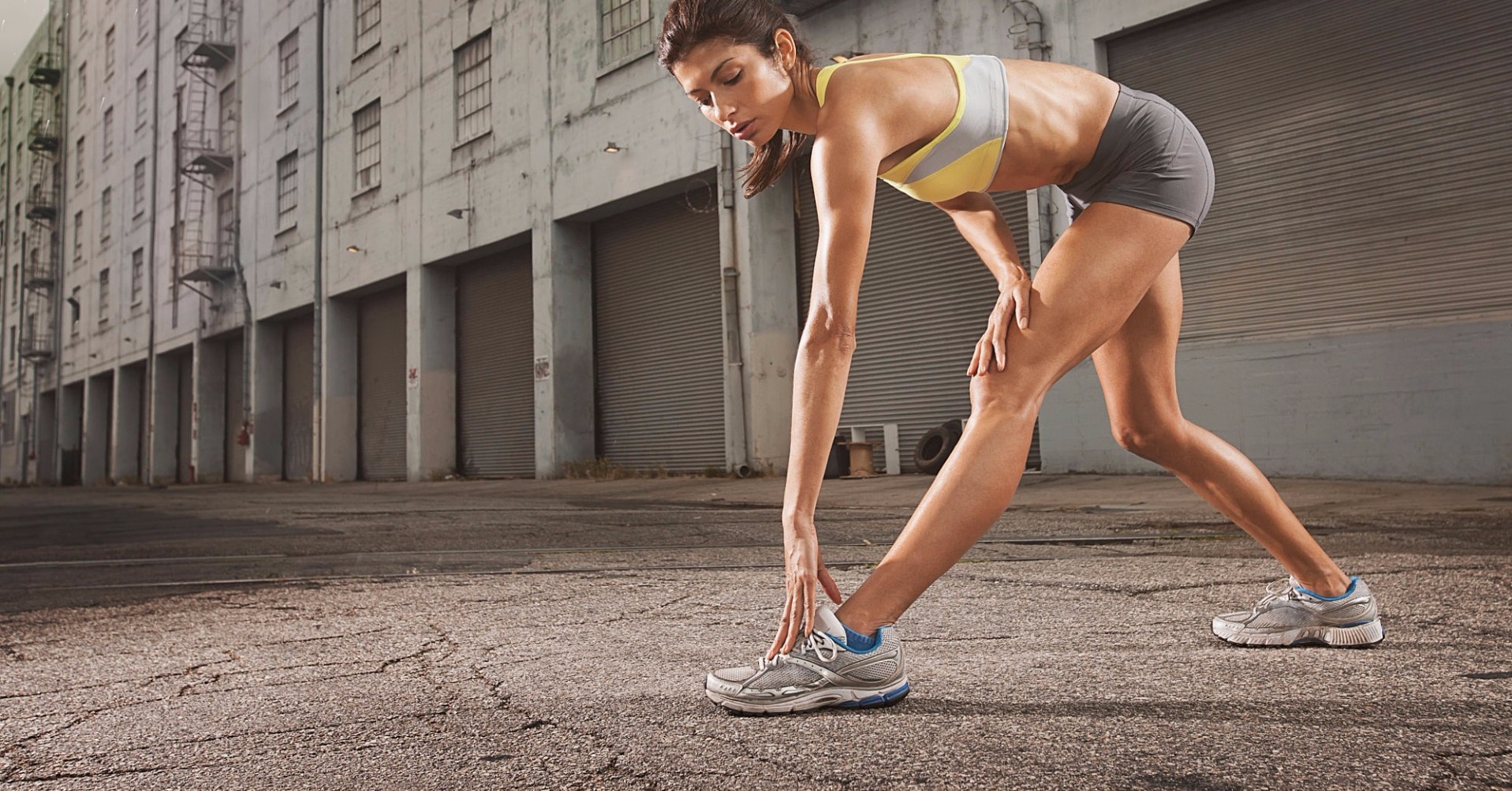
4 Scientific experiments to do at home with children
4 Scientific experiments to do at home with children
Do your children like science? Make with them these fun and simple homemade scientific experiments. Learning does not have to be boring, and here are four ideas that prove it.More Go Here science for kids
1. Dance worms
materials
- Gummy worms
- Baking soda
- Vinegar
- Water
- 1 clear glass
Instructions
First cut the worm lengthwise into four pieces and place them in a glass full of warm water with three tablespoons of baking soda for 15 minutes.
Then remove the worms from the glass with a fork and place them in another glass with vinegar. In a matter of seconds, the worms will begin to cover themselves with bubbles and rise twisting towards the surface.Here easy science.
Explanation
When the worms impregnated in sodium bicarbonate and the vinegar come together, a chemical reaction occurs that causes the formation of gas bubbles (carbon dioxide) around the rubber worm, which immediately rises to the surface.
Once the gas bubbles burst, the worm falls down and is covered again with bubbles that make it rise again, and so on until one of the two reagents (bicarbonate or vinegar) is used up.
2. Crystal letters
materials
- Pipe cleaner
- Thread
- Wooden stick (or pencil)
- Scissors
- Medium plastic container
- Measuring jug
- Spoon
- Food coloring (optional)
- Borax powder or sodium percarbonate (it is a common component in soaps and detergents and can be found in supermarkets).
Instructions
First, shape the pipe cleaner to make the letters of your name. Tie it with a thread and tie the other end to a wooden stick.
Heat a pot of water until it boils. With the help of a measuring jug, pour 750ml. of hot water in a medium plastic container, add 9 tablespoons of borax or sodium percarbonate and dissolve it (3 tablespoons per 250ml of water).
Finally, introduce the pipe cleaner with the shape of your name in the liquid without it touching either side and leave it suspended inside overnight to form the crystals.
* So that your glass name is colored, you can use colored pipe cleaners or add food coloring to the water with borax to dye it.
Explanation
When the borax is dissolved in water a suspension is created, that is, a mixture of solid particles (the borax) that are large enough for sedimentation. Over time the borax begins to settle and crystallize on solid surfaces, forming a layer of glass around the pipe cleaner.More about know go here science experiments for kids.
3. Liquid rainbow
- materials
- 1 glass boat
- Honey
- Green dishwashing liquid soap
- Olive oil
- Water
- Alcohol
- Food coloring
- 1 dropper
Instructions
First pour the honey into the glass jar (without touching the sides) and then add the green dishwashing liquid soap. Then mix water with food coloring (blue or purple, for example) and pour it over the dishwasher, being careful not to touch the sides. Continue adding a thick layer of olive oil always in the center of the bowl.
Finally, mix the alcohol with red food coloring, but be careful! Do not pour it in the center like the previous ones. If you do, alcohol can pass through the oil layer and reach the water layer stained blue or purple, and your rainbow will break down. To avoid this, use a dropper to let the alcohol drain through the inside of the boat.
Explanation
The explanation of this experiment is very simple, the key lies in the density of the different liquids.Denser liquids weigh more, and therefore remain at the bottom, and lighter ones remain at the top.In addition, having a different density, the liquids do not mix and in this way this beautiful rainbow is created. fun science
4. Magic balloons
materials
- 2 empty plastic bottles
- 2 bottles of soda with gas (Coca-Cola)
- baking powder
- 1 teaspoon of sugar
- Vinegar
- Sodium bicarbonate
- Peta Zetas
- Mint mints
- 1 funnel
- 4 balloons
Instructions
We end our science workshop with a very fun experiment in which the chemical reaction of four different combinations in four bottles is compared, which balloon will swell more?
In the first bottle pour a stream of warm water to fill the bottle two or three centimeters, add an envelope of baking powder and stir well until dissolved. Then add a spoonful of sugar, stir again and cover the nozzle of the bottle with a balloon.
In the second pour a stream of vinegar to fill five or six centimeters of the bottle, add baking soda to cover half of the vinegar, and place a balloon on top.
For the third option, take a full soda bottle, empty half and add an envelope of Peta Zetas. Cover it quickly with a balloon and wait.
For the fourth and final experiment, empty half of a soda bottle, introduce 3-4 mint mints inside and cover the mouthpiece with a balloon.
What chemical reaction is the strongest? The answer is option two, vinegar with bicarbonate is the one that manages to grow the globe more know here science experiments for kids.